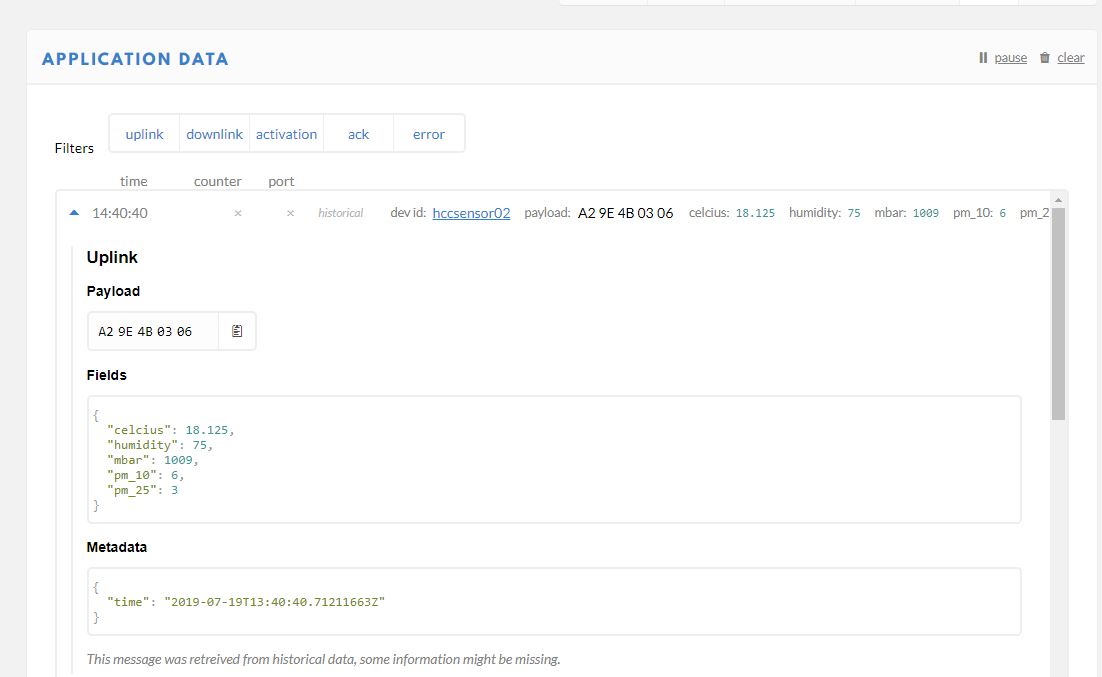Favourite birthday present so far: Taiko no Tatsujin: Drum 'n' Fun
Absolutely. I’ve always liked rhythm games and I really love the exuberance of Japanese productions like these. The enthusiastic commentary (all in Japanese so I’ve no idea what they are saying), the bonkers animations and the crazy soundtrack are all really infectious.
But the thing i really like is the collection of crazy music. I think it is fair to say that, save a few game sound tracks (including Ridge Racer), there are no pop tracks that you will ever have heard of. Ed Sheeran is not on the playlist. In a good way.
But what is there is proper daft. There are pop tracks and anime sounds that are just fantastic, along with a version of the alphabet song that just has to be heard and drummed to. It is deeply silly and, of course, there is a lot of skill required if you want to crack the harder levels.
You can drum with controller buttons or on the touch screen but I’ve got the version that comes with a plastic drum and a pair of drumsticks. The drum worked very well for me after a bit of fiddling to sort out the timing. Word on the street is that waving the joycons around doesn’t make for a great drumming action, but I’ve not tried this yet. There are also some multi-player modes that I’m looking forward to having a go at.
The biggest limitation for me is that the drum controller is wired to a USB plug, so you can only use the drum if your Switch is plugged into a docking station. It might be possible to do something cunning with a USB C hub , but since this connection is on the bottom of the Switch it would be hard (and potentially damaging) to stand the Switch up when using it. If the drum was wireless and battery powered it would be great for portable drumming action, but as it is I’m having a lot of fun and enjoying the crazy music.


















